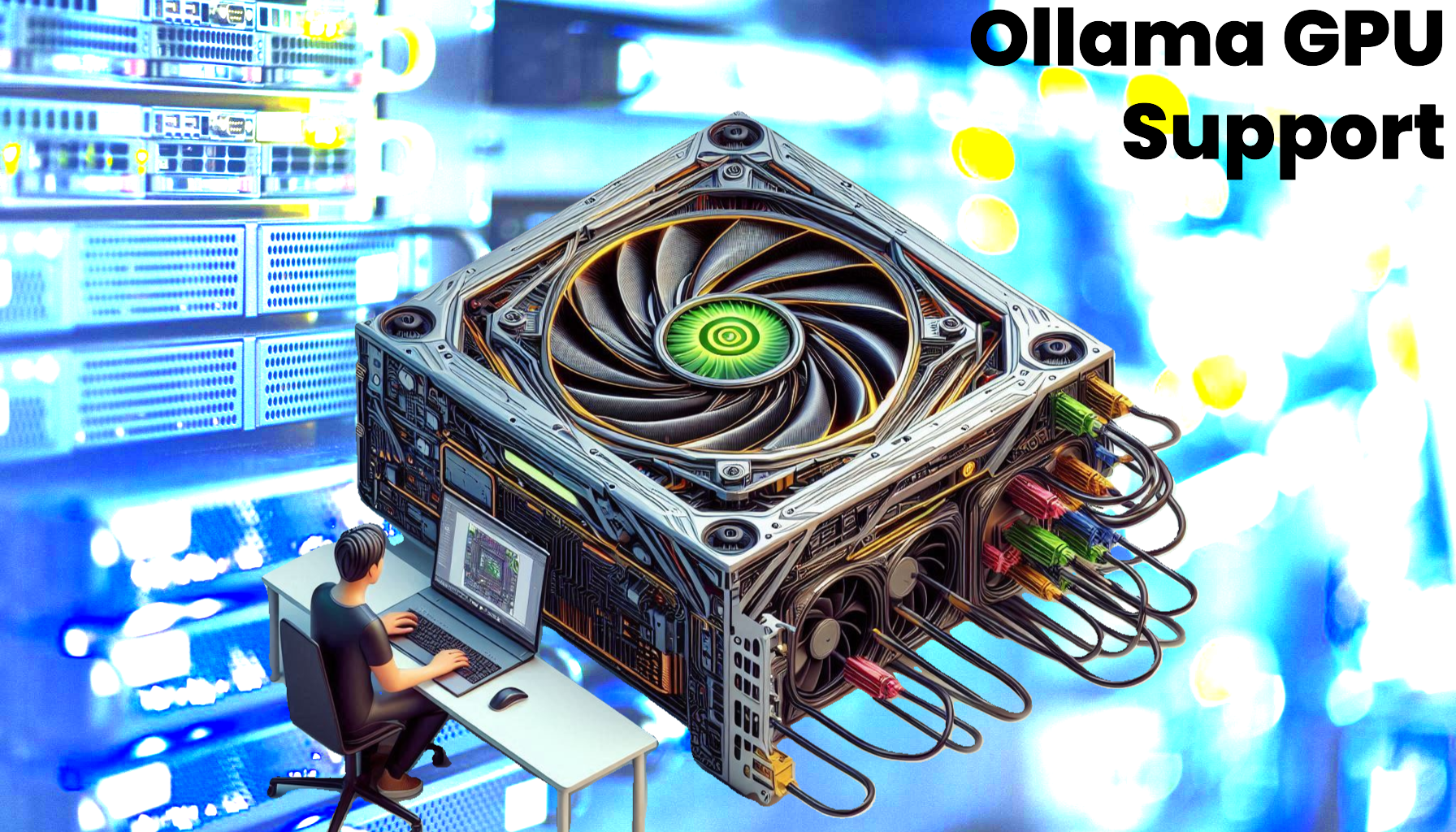Understanding How Ollama Uses Your Hardware
Llama, a powerful language model known for its generative and translation capabilities, leverages the power of your GPU to achieve impressive speeds and accuracy. However, not all GPUs are created equal – their CUDA compatibility directly affects the performance of this AI model. This article delves into the specific details regarding Ollama’s support for various GPU types across different operating systems.
NVIDIA GPUs: The Powerhouse for Ollama
Ollama has a robust compatibility with NVIDIA GPUs, making them ideal for accelerating LLM tasks. Here’s a detailed breakdown:
Key Factors:
- Compute Capability: Check the CUDA-compatible version of your GPU using the link provided by NVIDIA. It determines whether it can handle the complex computations needed by Ollama.
- Note: Older GPUs might require specific drivers for optimal performance.
- CUDA and ROCm Support: NVIDIA’s CUDA platform allows Ollama to leverage the vast computing power of your GPU. Additionally, you can utilize OpenCL (ROCm) for certain tasks on AMD and NVIDIA GPUs.
Example: Understanding CUDA Compatibility
CUDA Version: 11.7 or above
Compute Capability: 6.5 or higher
Supporting NVIDIA GPUs:
- High-Performance: For optimal performance, use a GPU with a high compute capability (such as the RTX 30 series and newer). These offer significant speed boosts for demanding LLM tasks.
- Memory Capacity: Ensure you have enough RAM to accommodate your model size and workload. Larger models demand more memory for loading and processing.
AMD GPUs: A Growing Focus in Ollama
While NVIDIA remains the leader, AMD is working to improve its GPU support for LLMs like Ollama.
Key Factors:
- ROCm Technology: AMD’s ROCm (Radeon Open Compute Platform) offers a strong platform for utilizing GPUs on AMD platforms.
- LLVM Support: AMD continues to invest in LLVM, the low-level compiler framework that helps translate your GPU instructions into language specific commands. This translates to better performance for certain tasks, including LLM processing.
Windows and ROCm Support:
- ROCm v6: The latest version of ROCm provides excellent support for AMD GPUs on Windows.
- Compatibility Updates: AMD is continuously working on updating ROCm’s compatibility with new GPU models and releases.
Understanding the Challenges: Unsupported GPUs
- Limited Support: While Ollama supports a growing number of AMD GPUs, some models might still lack direct support.
- Troubleshooting & Solutions: Utilize the ‘rocminfo’ command to list available devices or consult AMD documentation for details on unsupported GPUs and potential workarounds.
Optimizing GPU Use in Ollama
1. Environment Variables:
- Use environment variables like
HIP_VISIBLE_DEVICESto specify which GPUs you want to use with Ollama.- Example:
export HIP_VISIBLE_DEVICES=0,1to enable the first two GPU devices.
- Example:
2. Containerized Environments (Linux):
- Secure your containers for optimal performance by running
sudo setsebool container_use_devices=1. This allows containers to access AMD GPUs.
Metal: Unleashing Apple GPU Power
- Apple Devices: For Apple users, Ollama utilizes the Metal API to leverage Apple’s powerful GPUs.
Conclusion
Understanding how your specific GPU model and operating system impact Ollama performance is crucial for achieving optimal results. The provided guide offers essential information about hardware compatibility and optimization techniques. If you encounter any challenges, don’t hesitate to reach out to the Ollama community on Discord or file an issue on GitHub for further assistance.
Disclaimer: Ollama’s GPU capabilities are subject to constant development. Always refer to official documentation from both NVIDIA and AMD for the latest updates.
